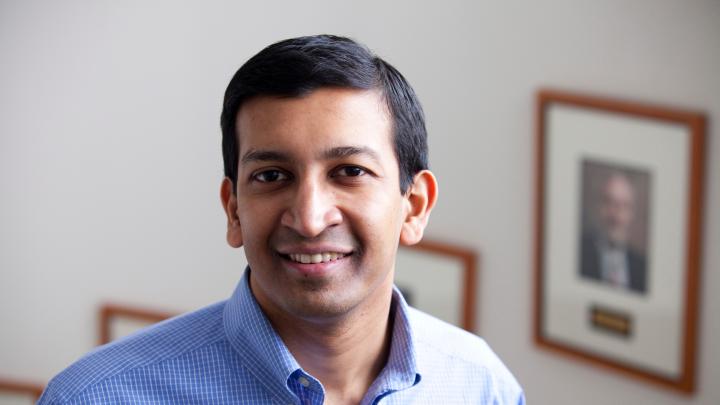A new study to be published this week summarizes one of the largest efforts yet to examine the social, political, and economic factors affecting intergenerational mobility, The New York Times reported today. The authors of the study—professor of economics Raj Chetty, assistant professor of economics Nathaniel Hendren, and Patrick Kline and Emmanuel Saez of UC, Berkeley—used millions of anonymous earnings records to show that income mobility displays strong geographical variation linked to local community structure and spending.
Children growing up in low-income households in the Northeast, Great Plains, and West tended to have higher incomes at age 30 than their counterparts in the Southeast and Midwest, according to the Times and the authors’ executive summary, and these trends held mostly stable across differences in cost of living and recent economic growth. Based on a Times interactive graphic of the authors’ findings, a child growing up in Atlanta in a household at the tenth percentile of national income (about $16,000 a year today) would, on average, be at the thirty-first percentile (approximately $37,000) at adulthood. In contrast, a child from a comparable household in Seattle, a city with a similar average income, would on average reach the fortieth percentile ($48,000), an outcome similar to that in the Boston area. Overall, the Times notes, income mobility is less in the United States than in other wealthy nations.
The authors had set out to study whether tax expenditures like the Earned Income Tax Credit achieve the stated goal of lifting children out of poverty. Their results were mixed. As the Times reports, redistributive policies—tax credits for the poor and higher taxes on the wealthy—seemed to have only modest effects on improving mobility. On the other hand, higher local taxes (effective federal expenditures, as they can be deducted from federal income taxes) showed a significant correlation to income mobility.
The reason might lie in some of the authors’ other findings. Higher-quality K-12 education showed a strong correlation with mobility, as did better metrics of social capital, civic engagement, and family structure. Structural and physical factors also played an important role: areas with greater economic and racial segregation, which might make job searches and commuting more difficult for residents of poor regions, also tended to have lower income mobility.
The recent work adds to a growing dialogue about how spatial and geographical factors affect community structure, and in turn economic outcomes. Since the 1987 publication of The Truly Disadvantaged by Geyser University Professor William Julius Wilson, the concept of concentrated poverty has heavily influenced how sociologists interpret the impact of economic policies (see “The Urban Jobs Crisis”). Sociologists like Ford professor of the social sciences Robert J. Sampson continue to study neighborhood and place-based effects (see “The Persistence of Place”), and the new study reinforces the idea that dispersal of the middle class in mixed-income neighborhoods can have a strong effect on alleviating poverty. Likewise, the study’s emphasis on civic engagement and social capital echoes the thesis of Robert D. Putnam’s famous Bowling Alone: The Collapse and Revival of American Community (the Malkin professor of public policy was recently awarded the National Humanities Medal; see also “American Society Unglued?”).
The new study also reinforces Chetty’s earlier work on the importance of education, which found that better teachers had lasting, measurable effects on student outcomes in metrics from teenage pregnancy and college matriculation rates to adult income (see “Kindergarten Matters” and “Raj Chetty and Colleagues Release Controversial Education Study”). Chetty has gained widespread recognition for his use of large, longitudinal datasets to examine the social and economic impact of public-policy decisions and recently won a MacArthur “genius grant,” in addition to being awarded the American Economic Association’s John Bates Clark Medal as the best academic economist under age 40.








